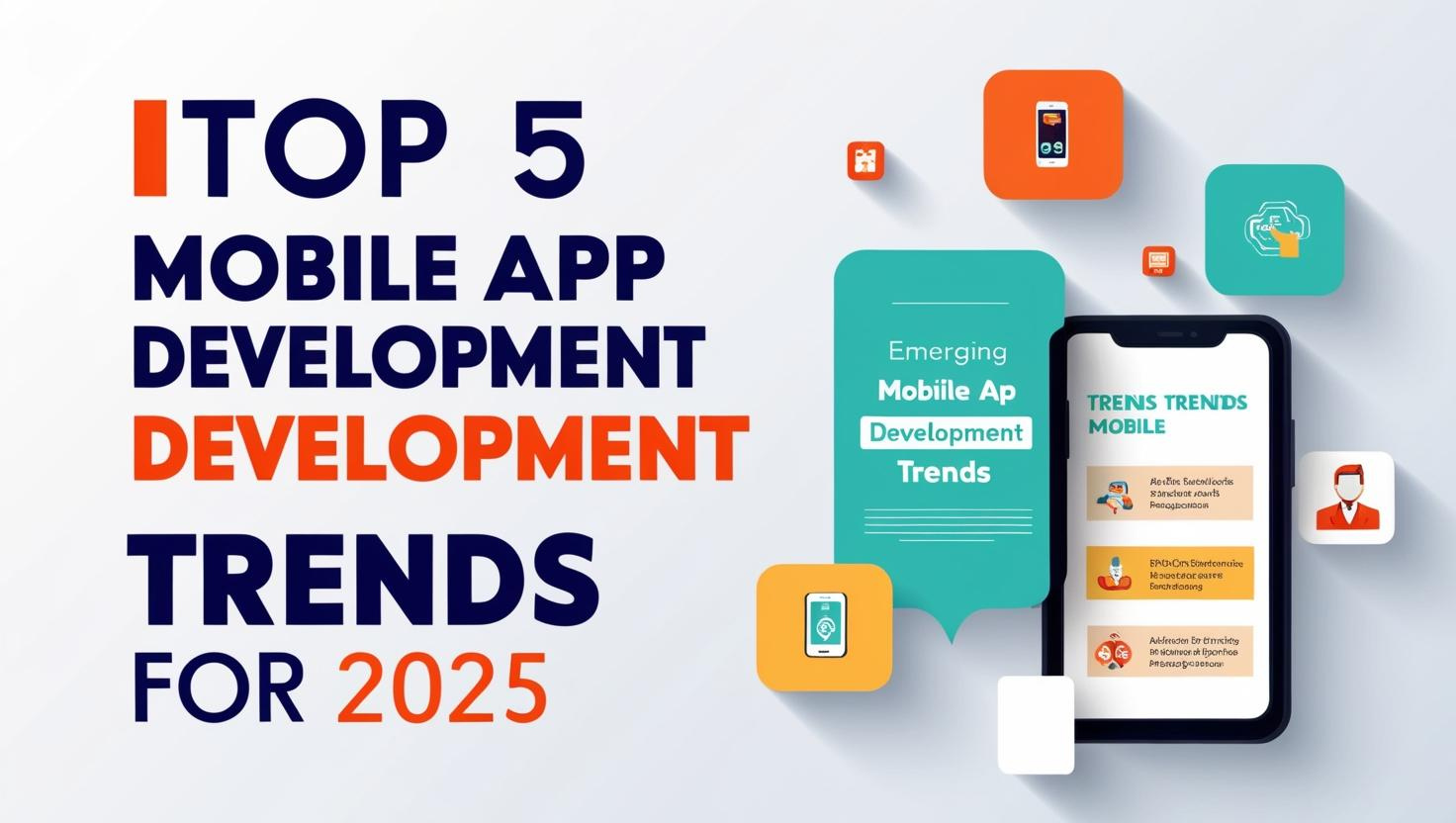Top 5 Emerging Mobile App Development Trends in 2025

The mobile app landscape is in constant flux, and 2025 promises to be a year of remarkable innovation. From artificial intelligence to lightning-fast connectivity, the forces shaping mobile app development are more powerful than ever, reshaping user expectations and creating new opportunities for businesses.
Staying ahead of these trends is crucial for developers and businesses alike. This article dives into the top 5 emerging that will define mobile app development trends in 2025, providing insights on how to leverage these technologies to create engaging and successful mobile experiences.
Introduction: The Mobile App Landscape in 2025
The mobile app world in 2025 is being reshaped by rapid technological advancements and increasingly sophisticated user demands. We're seeing a surge in demand for personalized, seamless, and secure mobile experiences. These expectations are fueled by breakthroughs in areas like AI, 5G, and low-code development platforms, driving a new era of mobile innovation.
Developers must understand these forces to stay competitive. User interfaces need to be more intuitive, functionality richer, and security more robust. This article will explore the key trends empowering this transformation, enabling you to create outstanding mobile apps in 2025.
Trend 1: AI-Powered Personalization and Automation
Artificial Intelligence (AI) and Machine Learning (ML) are no longer futuristic concepts, they are now fundamental to creating smarter and vastly more intuitive mobile app experiences. In 2025, expect to see AI deeply integrated into nearly every aspect of mobile applications, from content delivery to security protocols. This means hyper-personalized content recommendations based on user behavior, predictive analytics anticipating user needs, and AI-driven chatbots providing instant and intelligent customer support. We'll also see AI playing a bigger role in areas like intelligent mobile photography, AI virtual assistants, and advanced threat detection within apps.
The impact of AI extends to enhanced automation. Tasks that once required manual input can now be streamlined through intelligent algorithms. This leads to increased efficiency for users and cost savings for businesses. Moreover, AI's ability to learn and adapt ensures continuous improvement in app performance and user satisfaction. Ultimately, AI-powered personalization and automation are not just about adding features; they're about creating a fundamentally more engaging and valuable user experience.